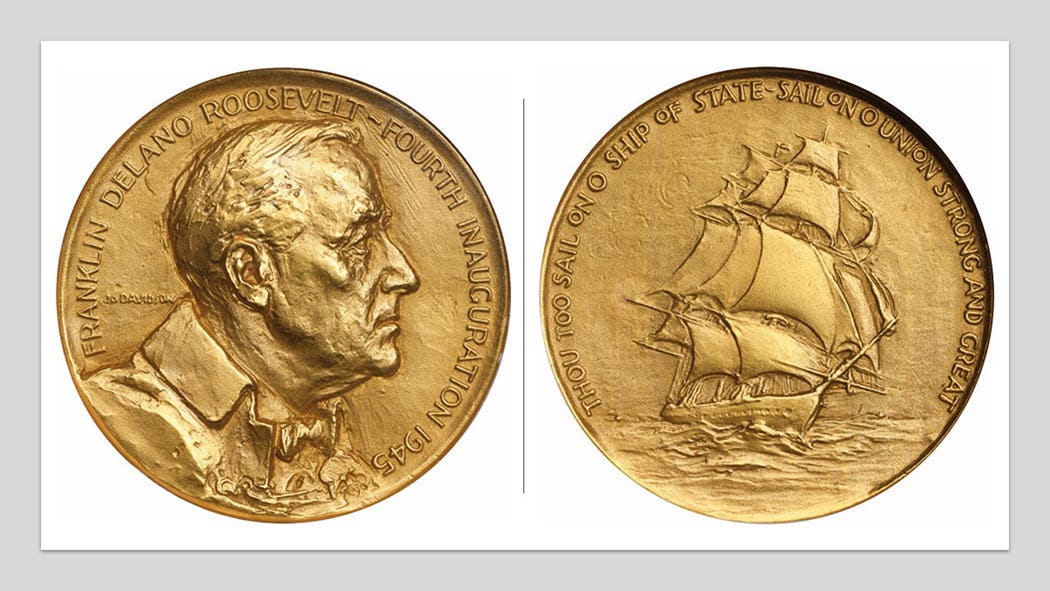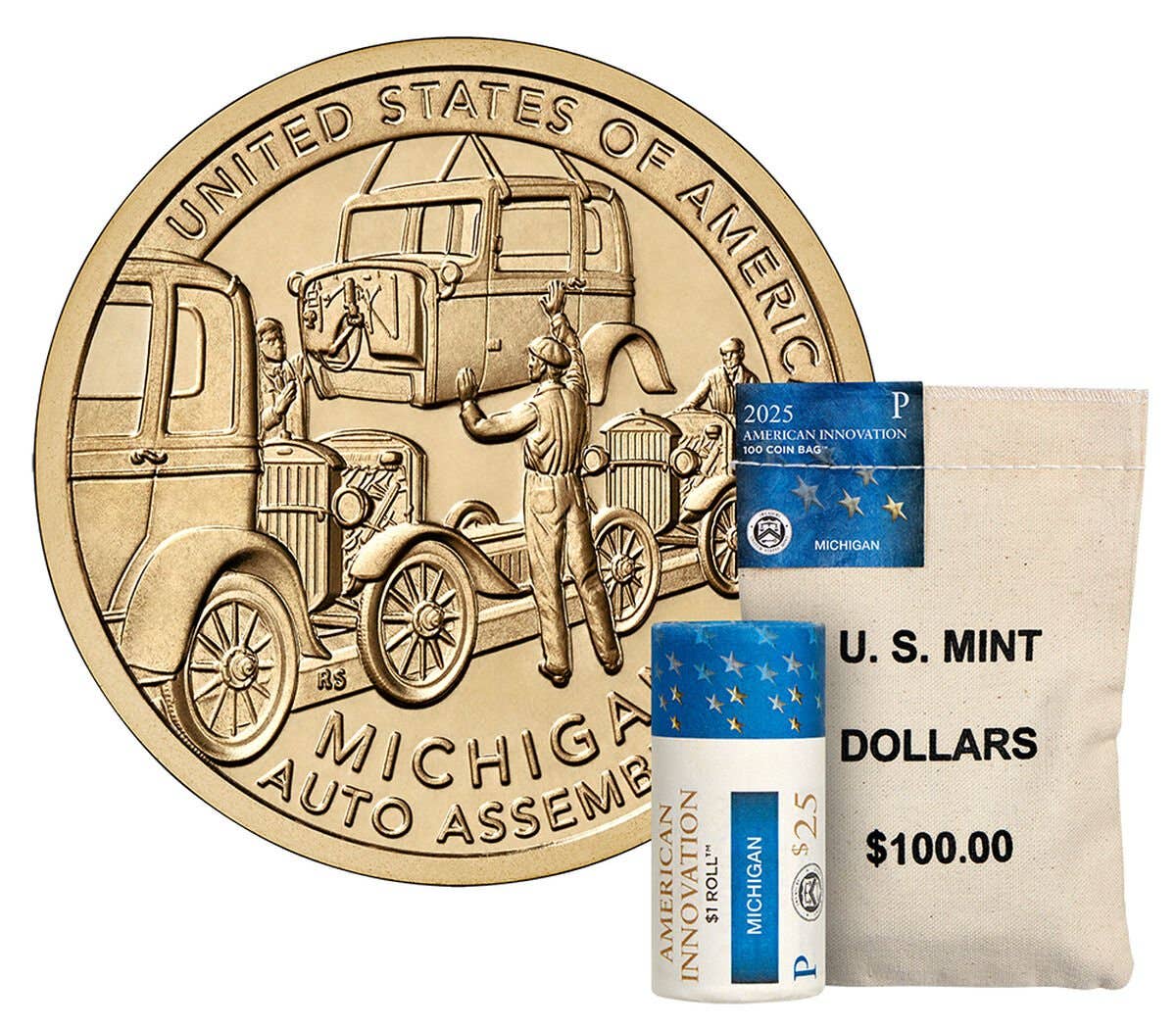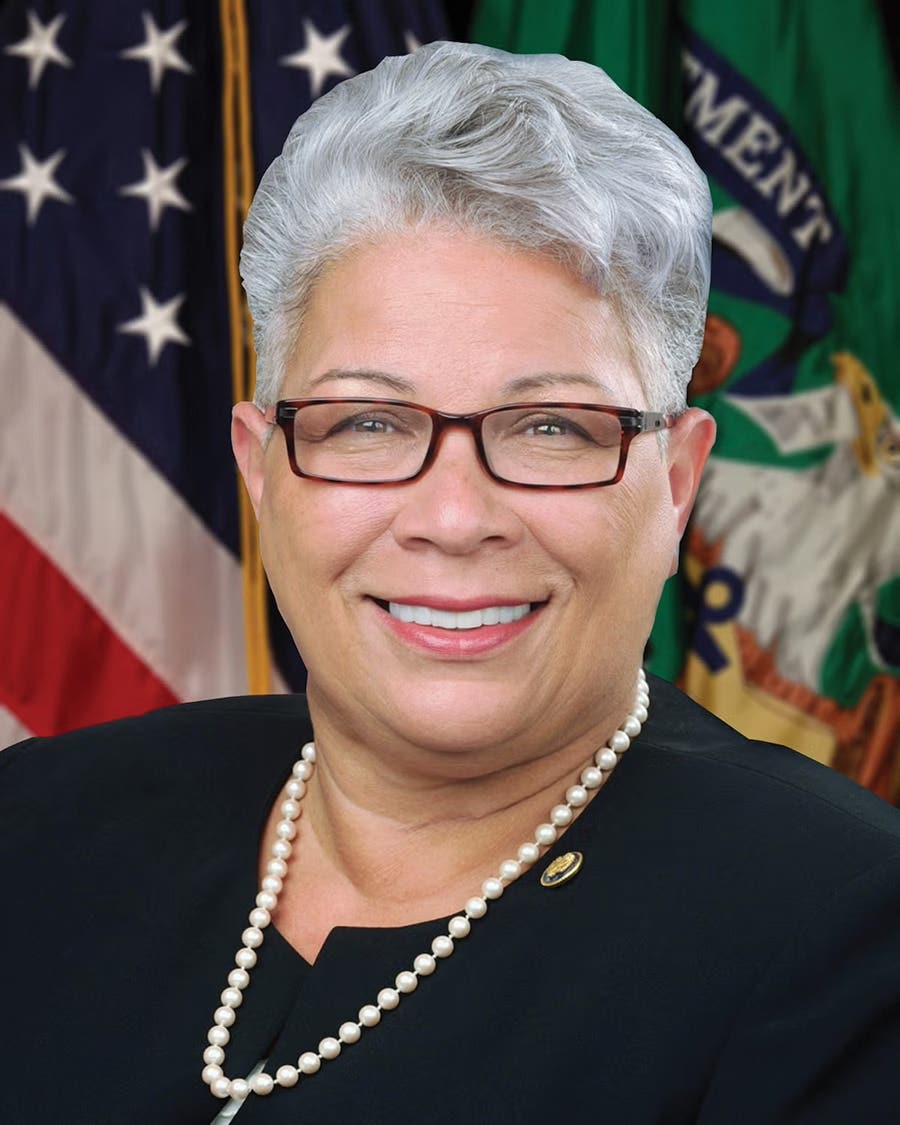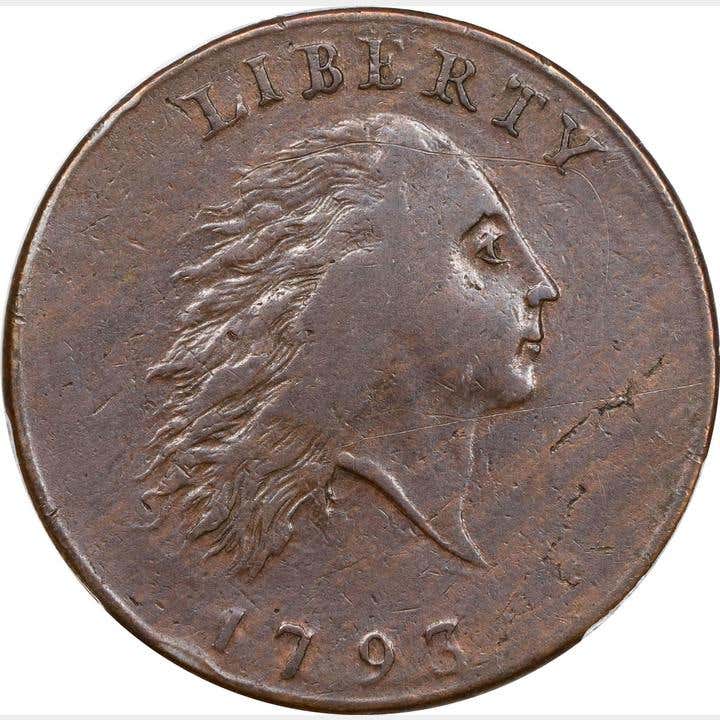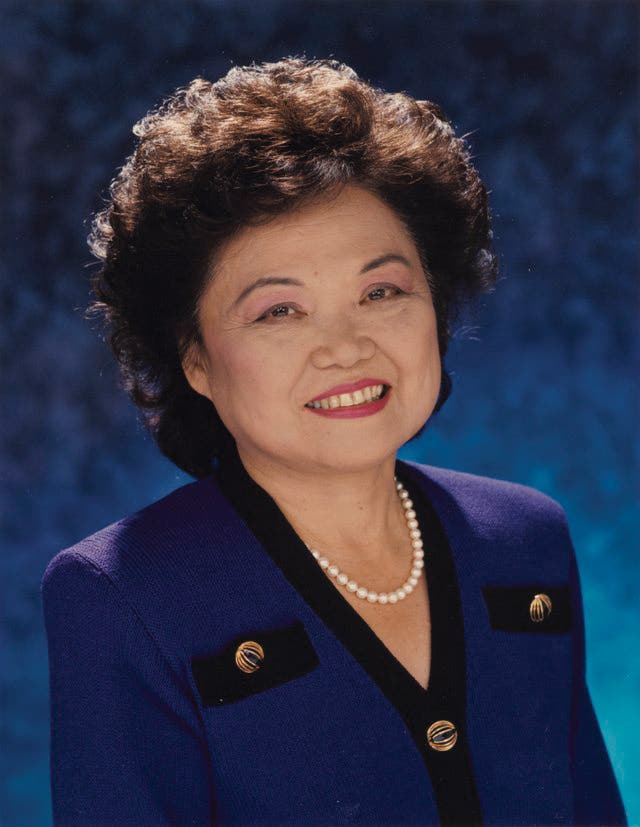Missed Opportunities with American Innovation Dollars
The U.S. Mint is striking American Innovation dollars to honor an innovation, innovator, or a group of innovators from each state and territory.
The first U.S. Mint Numismatic Forum was held in Philadelphia in October 2016. As a participant in this event, I provided Mint officials with a document titled “Ways to Stimulate and Revitalize the Hobby: Observations and Suggestions from a 52-year Collector, 35-year Dealer, and Numismatic Media Participant.” This document was also printed as my weekly column shortly thereafter.
In this article, I listed 14 strengths of the numismatic hobby, 14 weaknesses, 13 opportunities, and five threats. In the first item listed under opportunities, I proposed that the U.S. Mint issue “a collection of coins issued over a three to five-year time frame. I then listed ten possible themes for such an issue. The first of these ideas was “Historic inventions by state.”
Just over a month later, legislation was introduced into Congress calling for the U.S. Mint to strike American Innovation dollars to honor an innovation, innovator, or a group of innovators from each state and territory. It was signed into law by then-President Trump on July 18, 2018.
The first coin was issued in 2018. With a maximum of four issues annually, the series is expected to be completed in 2032.
I was never informed by Mint officials that my suggestion had any influence on this coin series becoming a reality. No doubt several people could have thought of the same idea, where the timing of the bill’s introduction in Congress could simply be coincidental with when I submitted my thought.
In making my suggestion, my intent was that such a coin series could spark additional interest in numismatics. But, to maximize that result, these coins would need to be issued into circulation as has been done with the Statehood quarters, America the Beautiful quarters, and American Women quarters. Circulating the coins would enable a greater number of people to see them and, if interested, to be able to possibly collect them at face value.
The Statehood quarter series was enormously profitable to the U.S. Mint. The cost to produce these coins was 1/4 to 1/3 of face value. Hundreds of millions of coins were removed from circulation by collectors and accumulators.
Unfortunately, the U.S. Mint did not follow my suggestions to issue these coins into circulation or to complete the series in a maximum of five years. Instead, the Mint has only made the circulation-strike coins available to people who purchased them from the U.S. Mint at prices above face value.
This distribution method brought at least three negative consequences. First, relatively few non-numismatists are even aware of these coins.
Second, the mintages are far smaller than were struck for the U.S. Presidential dollars struck for circulation (issues from George Washington through James Garfield). Each of the Presidential dollars put into circulation has combined Philadelphia and Denver Mint mintages of at least 70 million coins. Only the very first American Innovation dollar has a combined circulation strike mintage of over one million.
Third, spreading this series over more than 14 years discourages numismatists of any age from collecting them. This slow release of the issues blunts demand in a world trending more toward instant gratification.
There are still opportunities to promote the hobby of numismatics and increase U.S. Mint profits. At the U.S. Mint Numismatic Forum in 2019, I wrote a proposal to Mint officials that it could accomplish both goals if it would release perhaps four million of each Kennedy half-dollar and American Innovation dollar into circulation. Higher distribution of these coins would enhance Mint profits while simultaneously creating a new class of “modern rarities” for the public to seek in their change.
The schedule for releasing new issues is probably not something that can be accelerated, but increasing the production of forthcoming coins in the series should be relatively easy to accomplish.
What do you think?
By the way, here are my other nine ideas for a series of U.S. coins included in my 2016 document:
· Historical events by state
· Historical non-politicians by state
· A combination of state flora and fauna (flowers, trees, birds, animals, fish)
· Historic colleges and universities by state
· Reproduction of past coin designs, especially if they appear on coins of the same denomination as originally produced, which designs could each be issued for one year with the different denominations initially released in different months
· Nations of the world with which the U.S. government has diplomatic relations, perhaps in the order in which current relations were established
· State capital cities by state
· Signers of the Declaration of Independence in some sequences that make sense
· Transportation innovation, by decade
For the eight other opportunities I named, please refer to the original column.
Answer to the Previous Trivia Question
Last week, I asked: The founder of the American Numismatic Association, the ANA president during the ANA’s 100th anniversary, and the immediate past president of the ANA all have a common connection with which American university? (Hint: the longtime ANA logo looked a lot like this university’s logo.)
The answer is that George F. Heath, Ken Hallenbeck, and Ralph Ross all received degrees from the University of Michigan. Compare the logos:
This Week’s Trivia Question
Which U.S. coin denomination had the fewest pieces struck for circulation? Come back next week for the answer.
Patrick A. Heller was honored as a 2019 FUN Numismatic Ambassador. He is also the recipient of the American Numismatic Association 2018 Glenn Smedley Memorial Service Award, 2017 Exemplary Service Award, 2012 Harry Forman National Dealer of the Year Award, and 2008 Presidential Award. Over the years, he has also been honored by the Numismatic Literary Guild (including twice in 2020), the Professional Numismatists Guild, the Industry Council for Tangible Assets, and the Michigan State Numismatic Society. He is the communications officer of Liberty Coin Service in Lansing, Mich., and writes Liberty’s Outlook, a monthly newsletter on rare coins and precious metals subjects. Past newsletter issues can be viewed at www.libertycoinservice.com. Some of his radio commentaries titled “Things You ‘Know’ That Just Aren’t So, And Important News You Need To Know” can be heard at 8:45 a.m. Wednesday and Friday mornings on 1320-AM WILS in Lansing (which streams live and becomes part of the audio archives posted at www.1320wils.com).
You may also like:




